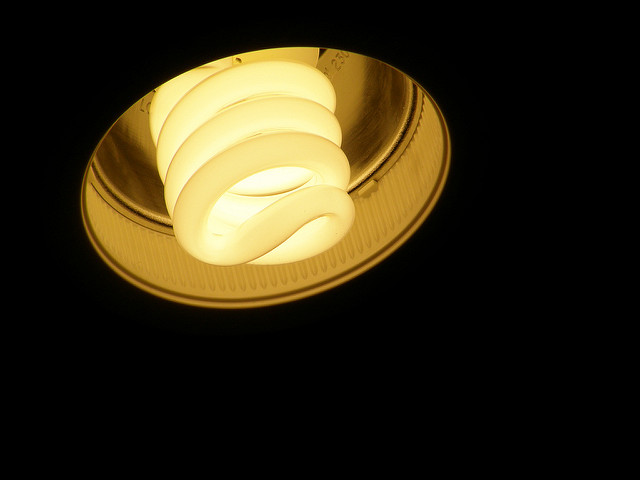Common Electrical Issues: Troubleshooting
 Home-based electrical issues can cause a fire, injury, or even death, in addition to leading to immense property damage, so they should be dealt with special care. Some minor problems can be fixed easily by an untrained individual. Let’s learn something about them.
Home-based electrical issues can cause a fire, injury, or even death, in addition to leading to immense property damage, so they should be dealt with special care. Some minor problems can be fixed easily by an untrained individual. Let’s learn something about them.
Power outage in the entire house
The first thing you should do is to call the energy provider and ask them if there is power outage in the whole area. If no, open your meter box and check whether the circuit breaker has tripped. If yes, you need to perform an isolation test. Turn off all the appliances and unplug them from power points.
Find your power box and turn off the Residual Current Device (RCD) as well as mains power, then wait 10 minutes for the RCD 10 to reset. If you are not able to reset it, call an electrician as the RCD needs to be replaced. The RCD switch can look like a circuit breaker switch except that the RCD switch has a test button with a T symbol on it.
If, after 10 minutes, the RCD is reset, turn on mains power and the RCD. Next, plug in all appliances. Turn them on one at a time. Unless the power is tripped, turn off the appliance and then unplug it. Do this until you check all the appliances.
Short circuits
The electricity flows into the appliance though one wire and flows out through the other. If, for instance, the wire insulation is broken, electricity flows along the unintended way leading to a short circuit. To fix it, you need to find out which appliance has a short in it. As with the RCD, unplug all the appliances and then plug them in one by one. When you plug in one of them, reset the circuit breaker. When you find which appliance is causing tripping of circuit breakers, unplug it.
Find another socket to plug in the appliance. If the problem persists, turn off mains power. Remove the cover plate of the socket by using a screwdriver. Next, pull out the socket from the wall and find loose wires coming in contact with other wires. Attach loose wires using a screwdriver. Finally, cover the plate and plug in and turn on the appliance. In some cases, you may need to buy a new wire and replace it with the damaged one. If you are not sure how to do it, call an electrician.
Flickering bulbs
There are three possible reasons of flickering of the bulb while lit. A loose bulb is one of them. Turn off the light fixture and try to tighten the bulb. If the bulb continues to flicker after you snug it in the socket, replace it with a new bulb. The problem may lie in the switch, so juggle it a little to see whether this causes flickering.
You can also check whether the plug connecting the outlet is seated as it should be. If the switch is faulty, replace it with a new one. Finally, a light bulb can flicker due to voltage fluctuation. In this case, better give an emergency electrician a call as this may result in a serious electrical issue.
If a problem not mentioned here appears, call a professional electrician immediately. And before making any attempt at fixing anything yourself, always turn off the mains and unplug all the appliances in the house first.